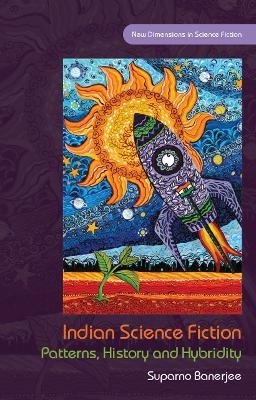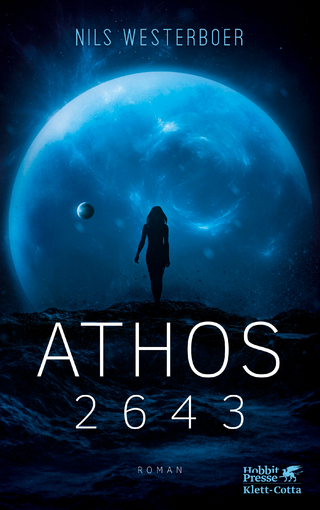
Indian Science Fiction
Patterns, History and Hybridity
Seiten
2020
University of Wales Press (Verlag)
978-1-78683-666-3 (ISBN)
University of Wales Press (Verlag)
978-1-78683-666-3 (ISBN)
This book examines Indian science fiction written not only in English but also in other Indian languages (Bangla, Hindi, Marathi etc.). It traces the history of the genre since 1835 and examines specific formal and thematic aspects to highlight how the genre functions at the intersection of Indian and Western cultures.
This study draws on postcolonial theory, science fiction criticism, utopian studies, genre theory, Western and Indian philosophy and history to propose that Indian science fiction functions at the intersection of Indian and Western cultures. Banerjee deploys a diachronic and comparative approach in examining the multilingual science fiction traditions of India, to trace the overarching generic evolutions, which he complements with an analysis of specific patterns of hybridity in the genre's formal and thematic elements. The book analyses Indian science fiction's use of alterity in its use of time, space and characters, and the epistemologies that ground its world building, to contend that in all of these intrinsic elements Indian science fiction shows an inherent cultural intersectionality - mostly between India and the West, but also among the diverse cultures of the nation. The work demonstrates that, despite the linguistic and cultural diversity of the Indian science fiction traditions, larger patterns and connections are visible.
This study draws on postcolonial theory, science fiction criticism, utopian studies, genre theory, Western and Indian philosophy and history to propose that Indian science fiction functions at the intersection of Indian and Western cultures. Banerjee deploys a diachronic and comparative approach in examining the multilingual science fiction traditions of India, to trace the overarching generic evolutions, which he complements with an analysis of specific patterns of hybridity in the genre's formal and thematic elements. The book analyses Indian science fiction's use of alterity in its use of time, space and characters, and the epistemologies that ground its world building, to contend that in all of these intrinsic elements Indian science fiction shows an inherent cultural intersectionality - mostly between India and the West, but also among the diverse cultures of the nation. The work demonstrates that, despite the linguistic and cultural diversity of the Indian science fiction traditions, larger patterns and connections are visible.
Suparno Banerjee is an Associate Professor of English at Texas State University.
Acknowledgements
Chronology
Introduction: To Mark or Not to Mark Territories
1. Genealogies: A Brief History of Indian SF
2. Cognitions and Estrangements: Epistemes and the World-Building in Indian Sf
3. Other Times: Alternative Histories, Imagining the Future and Non-Linear Temporalities
4. Other Spaces: Utopian Discourses and Non-Expansionist Journeys
5. The Others: Aliens, Robots, Cyborgs and Other Others
Conclusion: Close Encounters
Notes
Bibliography: Primary Texts
Bibliography: Secondary Texts
| Erscheinungsdatum | 10.05.2021 |
|---|---|
| Reihe/Serie | New Dimensions in Science Fiction |
| Zusatzinfo | No |
| Verlagsort | Wales |
| Sprache | englisch |
| Maße | 138 x 216 mm |
| Themenwelt | Literatur ► Fantasy / Science Fiction ► Science Fiction |
| Geisteswissenschaften ► Sprach- / Literaturwissenschaft ► Anglistik / Amerikanistik | |
| Geisteswissenschaften ► Sprach- / Literaturwissenschaft ► Literaturwissenschaft | |
| ISBN-10 | 1-78683-666-1 / 1786836661 |
| ISBN-13 | 978-1-78683-666-3 / 9781786836663 |
| Zustand | Neuware |
| Haben Sie eine Frage zum Produkt? |
Mehr entdecken
aus dem Bereich
aus dem Bereich


